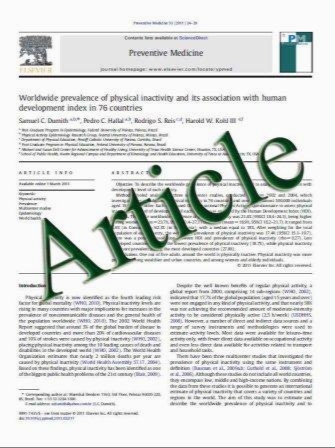Medical student disaster medicine education: the development of an educational resource
- نوع فایل : کتاب
- زبان : انگلیسی
- مؤلف : Ernst G. Pfenninger & Bernd D. Domres & Wolfgang Stahl & Andreas Bauer & Christine M. Houser & Sabine Himmelseher
- چاپ و سال / کشور: 2010
Description
Background Disaster medicine education is an enormous challenge, but indispensable for disaster preparedness. Aims We aimed to develop and implement a disaster medicine curriculum for medical student education that can serve as a peer-reviewed, structured educational guide and resource. Additionally, the process of designing, approving and implementing such a curriculum is presented. Methods The six-step approach to curriculum development for medical education was used as a formal process instrument. Recognized experts from professional and governmental bodies involved in disaster health care provided input using disaster-related physician training programs, scientific evidence if available, proposals for education by international disaster medicine organizations and their expertise as the basis for content development. Results The final course consisted of 14 modules composed of 2-h units. The concepts of disaster medicine, including response, medical assistance, law, command, coordination, communication, and mass casualty management, are introduced. Hospital preparedness plans and experiences from worldwide disaster assistance are reviewed. Life-saving emergency and limited individual treatment under disaster conditions are discussed. Specifics of initial management of explosive, war-related, radiological/nuclear, chemical, and biological incidents emphasizing infectious diseases and terrorist attacks are presented. An evacuation exercise is completed, and a mass casualty triage is simulated in collaboration with local disaster response agencies. Decontamination procedures are demonstrated at a nuclear power plant or the local fire department, and personal decontamination practices are exercised. Mannequin resuscitation is practiced while personal protective equipment is utilized. An interactive review of professional ethics, stress disorders, psychosocial interventions, and quality improvement efforts complete the training. Conclusions The curriculum offers medical disaster education in a reasonable time frame, interdisciplinary format, and multi-experiential course. It can serve as a template for basic medical student disaster education. Because of its comprehensive but flexible structure, it should also be helpful for other health-care professional student disaster education programs.


